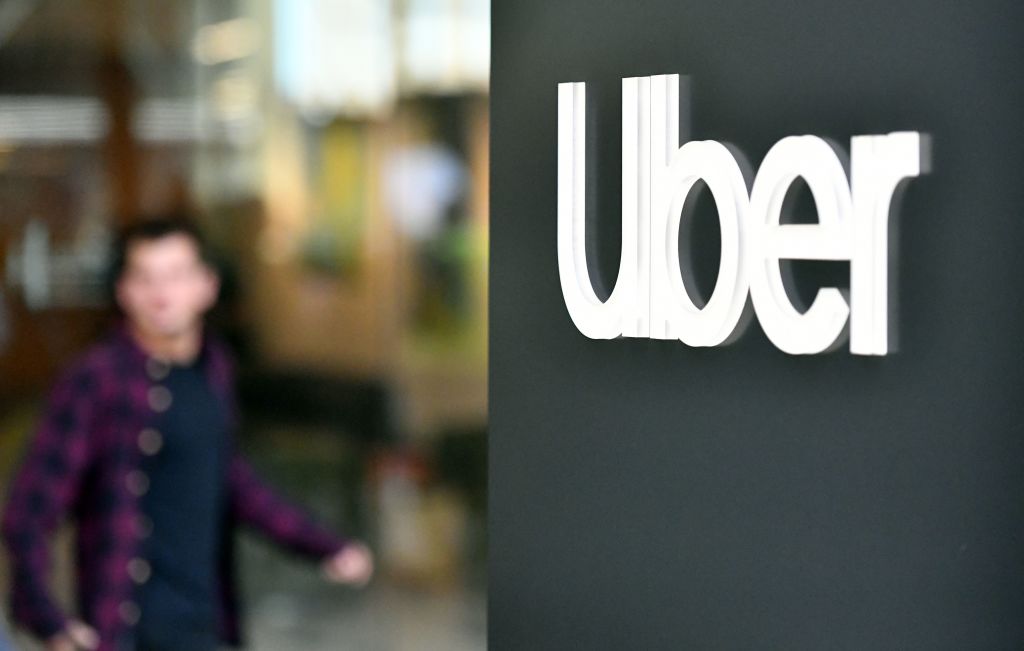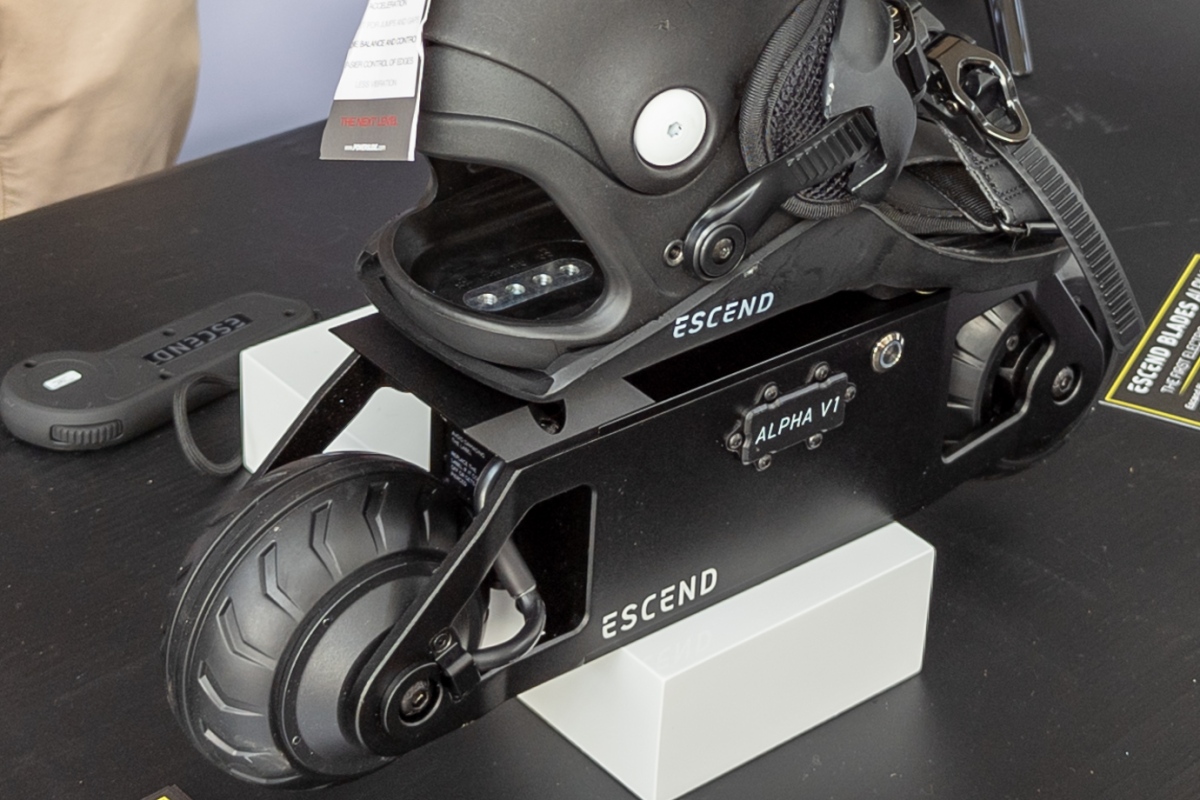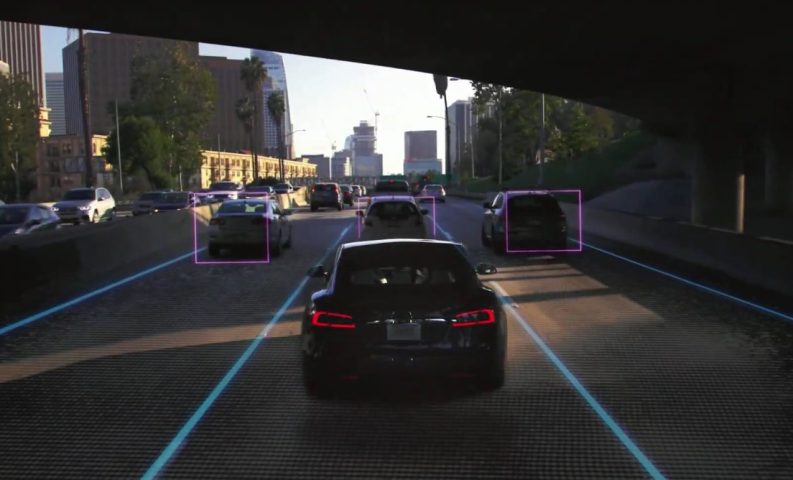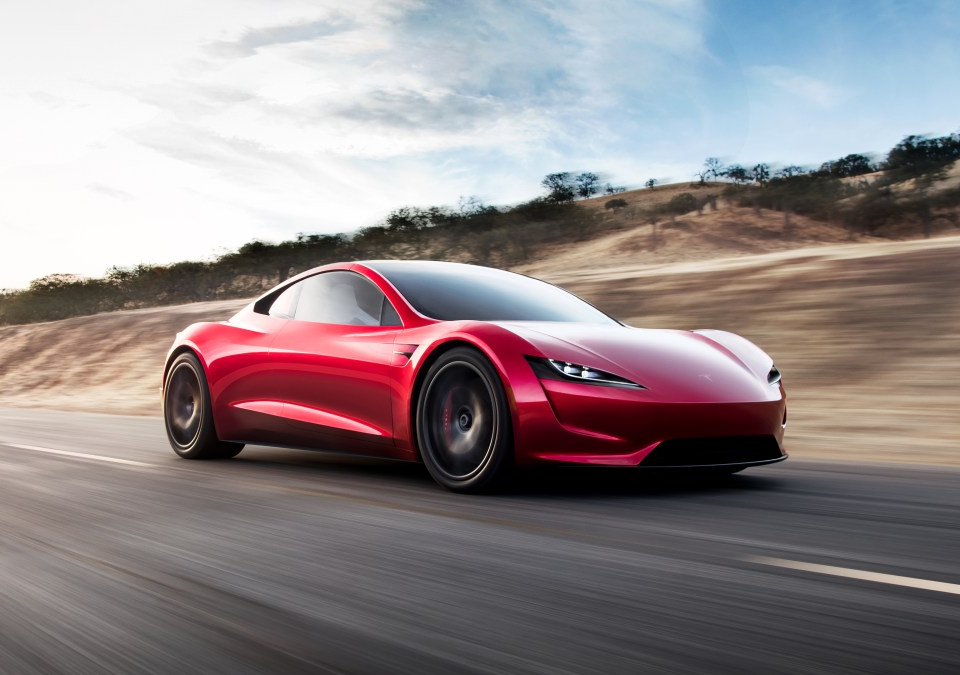
Adobe buys Figma, Uber gets hacked, and Google shrinks Area 120
September 18, 2022
Escend is bringing neck-breaking micromobility to your feet
September 19, 2022
Another day, another lawsuit against Tesla and its advanced driver assistance systems.
A lawsuit was filed Wednesday in the California Northern District Court alleging that Tesla’s ADAS systems cause vehicles to run red lights, miss turns and veer into traffic, all the while costing Tesla owners thousands of dollars.
Tesla vehicles come standard with an ADAS known as Autopilot. However, owners have been able to upgrade the system for versions with more features, for a cost. Tesla also sells Enhanced Autopilot and the so-called Full Self-Driving software. FSD continues to increase in price and is now $15,000.
Briggs Matsko, the named plaintiff in the lawsuit, said he paid $5,000 for his 2018 Tesla Model X to get Enhanced Autopilot.
The complaint alleges that Tesla and its CEO Elon Musk have been deceitfully advertising its ADAS tech as either fully functioning or close to being “solved” since 2016, despite knowing full well that the capabilities of Autopilot and FSD don’t live up to the hype.
“Although these promises have proven false time and time again, Tesla and Musk have continued making them to generate media attention, to deceive consumers into believing it has unrivaled cutting-edge technology, and to establish itself as a leading player in the fast-growing electric vehicle market,” reads the lawsuit.
This lawsuit follows a string of other complaints and allegations, including increased attention and inquiries from state and federal agencies.
California’s Department of Motor Vehicles also accused Tesla in July of falsely advertising its Autopilot and FSD systems. Last month, the National Highway Traffic and Safety Administration (NHTSA) asked the EV maker for more information about its cabin camera as part of an ongoing probe into 830,000 Teslas that include Autopilot. NHTSA is investigating 16 crashes in which Tesla owners were potentially engaging the ADAS and then crashed into stationary emergency vehicles.
At the end of August, a Tesla Model 3 owner filed a lawsuit against the automaker alleging that a defect in Autopilot caused unintended braking. And a court in Palm Beach County, Florida recently set a February date for a jury to hear testimony on who was at fault in a 2019 crash involving Autopilot that killed a father of three.
As with Matsko’s class action suit, the main issue at stake in the lineup of Tesla lawsuits isn’t even necessarily the capabilities of the technology — it’s the promises made by Tesla and Musk to loyal fanatics and the branding of the systems that lull drivers into a false sense of security and inattentiveness.
Tesla’s Autopilot is advertised with capabilities such as traffic-aware cruise control and lane assist. Enhanced Autopilot includes Navigate, which actively guides a car from a highway’s on-ramp to off-ramp, automatic lane changes and Smart Summon, which is supposed to navigate complex environments and parking spaces to bring a driver’s car to them. A beta version of FSD, which is active in about 100,000 vehicles and is now available on city streets, purports to do all of the above and more, including identifying stop signs and traffic lights and automatically slowing a car to a stop on approach.
While Tesla’s website says that drivers must stay alert and maintain control of the vehicle, Matsko and others, like the California DMV, assert that those caveats contradict the wellspring of bravado coming from Tesla and Musk regarding the autonomous capabilities of Autopilot and FSD.
“Tesla has yet to produce anything even remotely approaching a fully self-driving car,” reads the complaint. “Instead, Tesla pushes out ‘updates’ to its experimental FSD Beta software to a small minority of Tesla owners, who effectively act as untrained test engineers testing experimental software on public roadways.”
Matsko is seeking injunctive relief that would prohibit Tesla from continuing its “deceptive and misleading marketing of ADAS technology,” restitution of money the plaintiff and class members paid for technology that “Tesla promised but never delivered,” and damages including punitive damages to punish the automaker for its deceptive practices to establish itself as a dominant player in the electric vehicle market.
The plaintiff is proposing a nationwide class action suit, with an alternative for just California class action, which the court will decide upon, according to one of the lawyers representing the plaintiff. This decision typically takes at least six months after a complaint is filed and often more than a year, he said, noting that “many other drivers” have contacted the firm to get in on the lawsuit.
Tesla, which has disbanded its press office, could not be reached for comment.
This article has been updated with information from the plaintiff’s lawyers.
Drivers sue Tesla for alleged false advertising of Autopilot and FSD software by Rebecca Bellan originally published on TechCrunch



